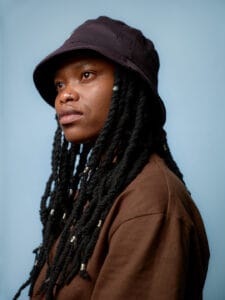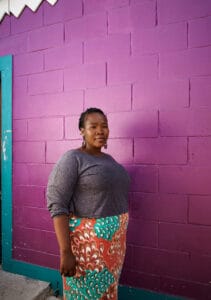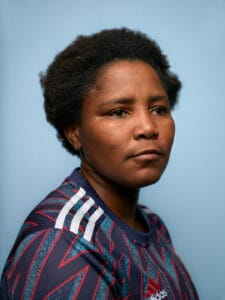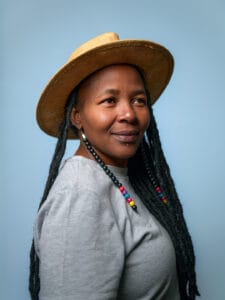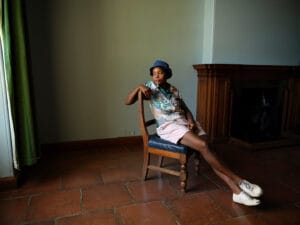Join GLAAD and take action for acceptance.
Trending
- We All Could Use Some Queer Joy! Be a Part of The Skin Deep + GLAAD’s New Collab
- Facts and Action for Banned Books Week
- Write It Out! Launches Annual Campaign to Uplift People Living with HIV Through Playwriting
- GLAAD Gaming Announces New Queer Emerging Developers Program
- Finding Yourself Begins With Celebrating Others’ Differences
- Must-See LGBTQ TV: October Premieres and Returns!
- Fact Sheet: Landmark Supreme Court Case Regarding Protections Against So-Called Conversion “Therapy” for Youth
- Lessons Learned: On Organizing for Inclusive and Welcoming School Systems
Where We Are on TV 2023-2024

Four years ago, GLAAD challenged the industry to have every platform count at least 50 percent characters of color. This year both broadcast and cable fell short of that challenge, and no platform improved upon their previous percentage.
On primetime scripted broadcast, there are 31 LGBTQ characters of color (48 percent of all LGBTQ characters). This is the same percentage as the previous year and marks the second year in a row that broadcast has fallen beneath fifty percent, after meeting GLAAD’s challenge the previous three years. Cable saw a decrease in the percentage of characters of color. Of the 77 LGBTQ characters on cable, 37 (48 percent) are characters of color, a drop of two percentage points from last year, which fails to meet the 50 percent benchmark. LGBTQ characters on streaming also saw a three percentage point drop down to 164 out of 327 characters (50 percent) from last year’s high of 53 percent. This is the only platform that met the challenge, but barely scraped by.
Of the total 468 LGBTQ characters counted on all three platforms, 232 (50 percent) are characters of color. This is a one percentage point decrease from last year’s 51 percent. As noted in last year’s report, a significant number of characters of color were on canceled series, which foretold this decline. Unfortunately, the same is true this year, as 55 percent of characters who are on canceled or ended series are characters of color.
The industry needs to prioritize the inclusion of diverse LGBTQ people of color, both in greenlighting and promoting those stories.
Racial diversity of LGBTQ characters on broadcast networks
No Data Found
No Data Found
Total LGBTQ Characters on Broadcast: 64
- White: 33 (52%)
- Black: 16 (25%)
- Latine: 4 (6%)
- API: 6 (9%)
- Multiracial: 4 (6%)
- MENA: 1 (2%)
- Indigenous: 0 (0%)
Racial diversity of LGBTQ characters on cable networks
No Data Found
No Data Found
Total LGBTQ Characters on Cable: 77
- White: 39 (51%)
- Black: 23 (30%)
- Latine: 5 (7%)
- API: 4 (5%)
- Multiracial: 1 (1%)
- MENA: 3 (4%)
- Indigenous: 1 (1%)
- One (1%) additional character is non-human.
Racial diversity of LGBTQ characters on streaming services
No Data Found
No Data Found
Total LGBTQ Characters on Streaming: 327
- White: 144 (44%)
- Black: 56 (17%)
- Latine: 31 (10%)
- API: 29 (9%)
- Multiracial: 32 (10%)
- MENA: 9 (3%)
- Indigenous: 7 (2%)
- An additional 19 characters (6%) are non-human
Table of Contents
Share this
View Past Years’ Reports
MEASURE THE MOVEMENT
Your gift allows us to track the impact of our work, helping us better understand the state of acceptance and address the gaps with advocacy — like pushing for more trans representation in movies.
More Publications from GLAAD
The Where We Are on TV report analyzes the number of LGBTQ characters on primetime scripted…
In 2013, GLAAD launched its first Studio Responsibility Index (SRI) to measure lesbian, gay, bisexual,…
Introduction from Sarah Kate Ellis Since 2020, GLAAD, in partnership with the Gilead COMPASS initiative,…
Una guía detallada en español sobre las normas de los medios de comunicación para una cobertura más precisa y respetuosa de la comunidad trans en el periodismo.

